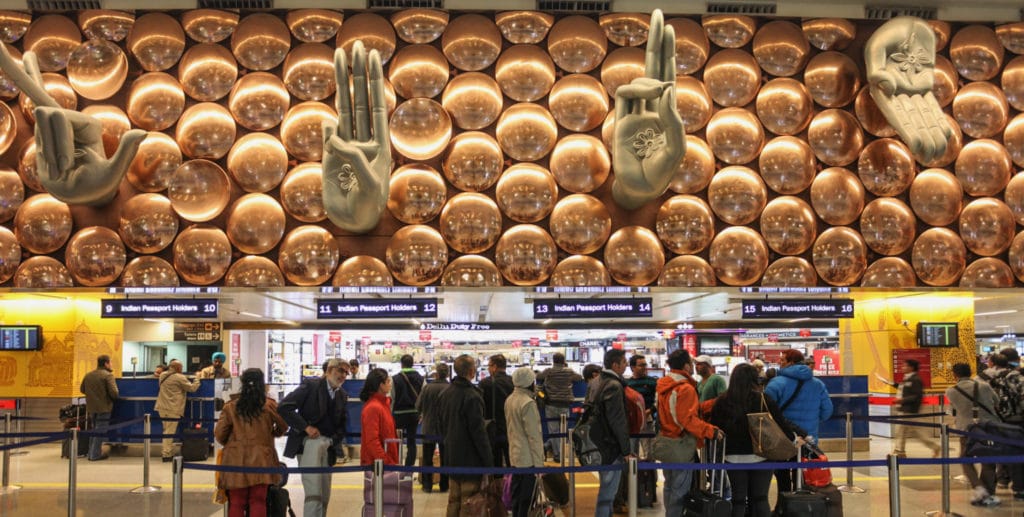India’s domestic aviation market is currently the third largest in the world, and in a few decades the total aviation market of the country will reach that rank, according to recent surveys.
India will surpass the United Kingdom, which is at the fifth position, by 2025 and in the next 10 years, it will be the third largest aviation market in the world, a survey by the International Air Transport Association (IATA) showed. By 2036, India will have 337 million new passengers while the total number of air passengers will reach 478 million. Other fastest growing markets are China, United States, Indonesia, and Turkey. By 2030, Indonesia will surpass the United Kingdom and take the fifth position.
China will have 1.5 billion total passengers of which 921 million will be new fliers while the United States will have the corresponding figures of 1.1 billion and 401 million passengers.
The survey published by the Canada-based airlines trade association also projects that the point at which China will displace the United States as the world’s largest aviation market (defined as traffic to, from and within the country) has moved two years closer since last year’s forecast. “We now anticipate this will occur around 2022, through a combination of slightly faster Chinese growth and slightly reduced growth in the U.S.,” according to the IATA statement.
Many of the fastest growing markets are the ones that have a compound growth rate of more than 7.2 per cent, it added. Sierra Leone, Benin, Mali, Rwanda, Togo, Uganda, Zambia, Senegal, Ethiopia, Ivory Coast, Tanzania, Malawi, Chad, Gambia and Mozambique are among the fastest growing markets.
India was also said to have the third largest domestic air passenger numbers, with 97 million domestic passengers in 2016, according to a survey published by Sydney-based think-tank Centre for Asia Pacific Aviation (CAPA). The country beat Japan to take the third spot, behind the United States (719 million) and China (436 million).
“India will become the third largest market 2-3 years ahead of what was projected. This is because the growth has been much higher,” Kapil Kaul, the head of CAPA India, told Livemint.
